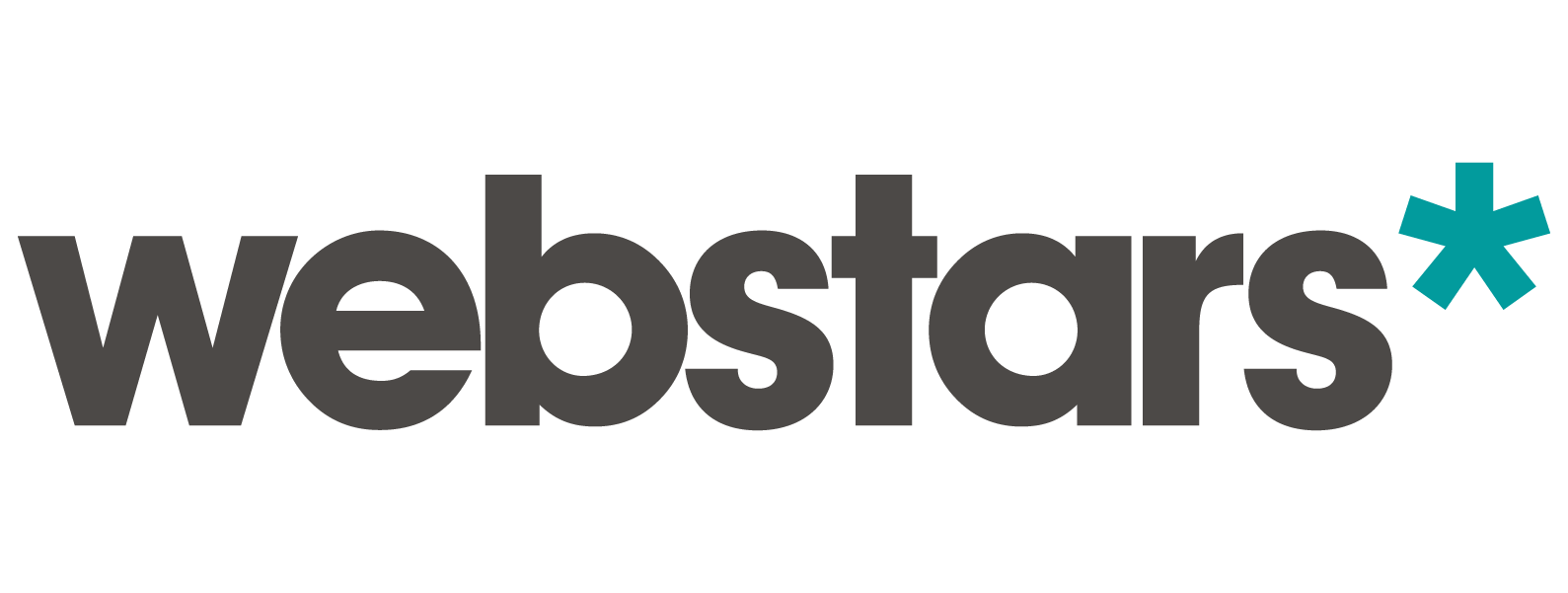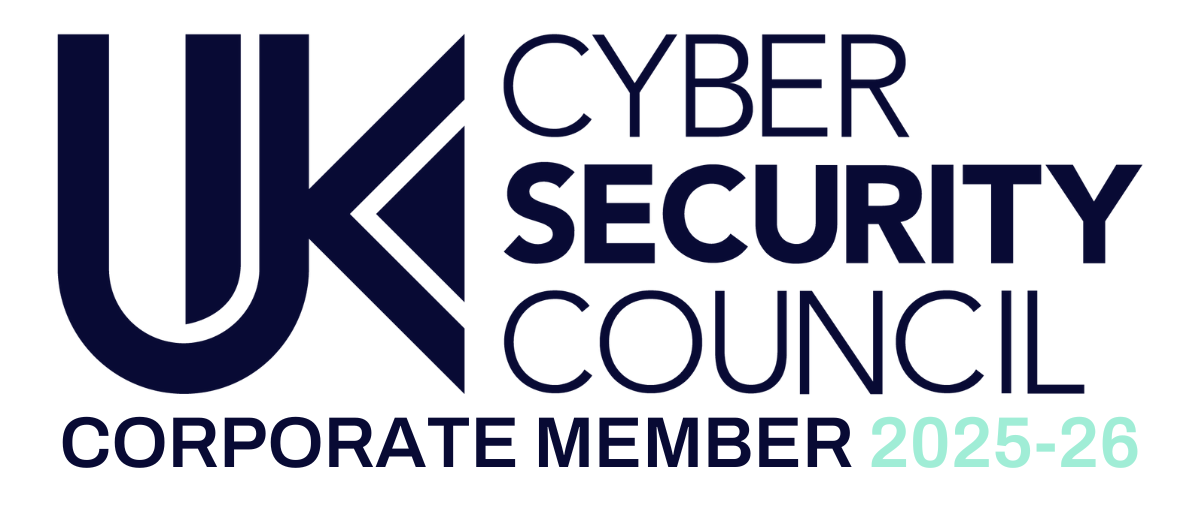Zero Party Data
When it comes to data, Zero is the hero

Consumer concerns around data privacy are increasingly top of mind for marketers - especially as data has become a cornerstone of many a marketing strategy.
Since GDPR came into force in 2018, there have been over 59,000 data breaches reported - so it’s more important than ever to build trust with consumers when it comes to how their data is collected, handled and stored. This is where Zero Party Data comes into play - both as a way to build trust with your audience, and as a way to get better data.
What Is Zero Party Data?
Often terms like ‘third party’ and ‘first party’ are used when discussing marketing data, but it’s important to understand the difference between each kind of user data and how they fit into your wider data-driven strategies.
Third Party Data is collected and processed by a domain that is unrelated to the one the user is currently visiting. For example, you may be visiting ASOS.com, but a Facebook cookie - a snippet of code placed in the ASOS website’s HTML - is collecting data about your visit, and feeding that information back to Facebook. ASOS can then use this data to advertise to you on Facebook, such as by reminding you of items left in your basket, which is a technique known as remarketing. Third party cookies are due to be phased out in 2024, making third party data much harder - if not outright impossible - to collect.
First Party Data is collected by the domain the user is currently visiting. As with Third Party Data, oftentimes First Party Data uses cookies to collect this data. First Party Data is often used to optimise the website experience for users, such as autofilling login details, displaying suggestions based on purchase history, and more.
Zero Party Data is willingly and knowingly given by users to a company. If you’ve ever signed up for a newsletter, or filled out a customer survey, then you’ve encountered zero party data.
This is where Zero Party Data can be extremely powerful for marketers. Because the data is shared willingly by users, and they know that their data will be used in future, they are more likely to trust the company not just at the data collection stage, but also further down the line with subsequent communications (or anywhere else that data might be used). This also helps brands to avoid crossing the line from ‘helpful’ to ‘creepy’ when it comes to personalisation, increasing engagement and retention from users.
How To Collect Zero Party Data
So how do you actually go about collecting this very valuable data? No pixels or other clever bits of coding are needed. Instead, your focus should be on two things:
How can I best collect data from my target audience?
What data will truly be valuable to my business and/or marketing strategy?
Website forms can be easy, intuitive ways for users to submit data about themselves on your site, and with the right marketing technology tools you can make this a simple and user-friendly experience. Forms can be extremely simple, such as entering your birth date for birthday discount offers, or more complex, such as asking about topic preferences when signing up for a newsletter. The challenge with forms lies in collecting enough data for personalisation, while also keeping them at a length where users won’t get frustrated and abandon them. However, this is where A/B testing can help you determine where exactly that sweet spot is.
Customer surveys can also be great for collecting Zero Party Data, especially if your data requirements are more extensive or if you’re employing an Account Based Marketing strategy that targets a smaller group of accounts or individuals. As with forms, you’ll need to carefully consider the best way to find the data you want from your survey subjects; however, the effort is worth it as you may end up discovering valuable new insights from users that can inform your communications, marketing, and even your business as a whole.
Gated content is another great way of collecting Zero Party Data while also providing immediate value to your users. Gating involves using lead generation forms in order to collect data from users, in exchange for content such as ebooks, white papers, or anything else your audience might find informative or entertaining. Because you’re providing something of value, users are more willing to provide their data - and ideally, get more marketing communications from your company further down the line.
Aside from collection methods, CRM (Customer Relationship Management) systems are another crucial component in making the most of your Zero Party Data. The right CRM will allow you to attribute Zero Party Data to identified individuals, and create a holistic customer view that will allow your personalisation to go beyond superficial details, and instead delve into pain points to deliver really relevant messaging.
The Future Of Zero Party Data
Of course, Zero Party Data isn’t perfect - it relies on users’ willingness to provide you with data, and even then it can be resource and time-consuming to collect, process, use, and update further down the line. However, it’s important for our data collection methods to evolve along with consumer behaviours, and at the end of the day a breakdown in trust between consumers and companies can be much more damaging than a lack of data.
As marketing technology, especially around data, continues to evolve, we’re excited to see how it can help us collect and make use of Zero Party Data - although for now, the best thing marketers can do is invest in a robust CRM system that fits the business’s requirements and objectives.
Do you think there is more you can be doing in your business around this topic? If so, feel free to get in touch with us.
Account Based Marketing
Download our Complete Guide







